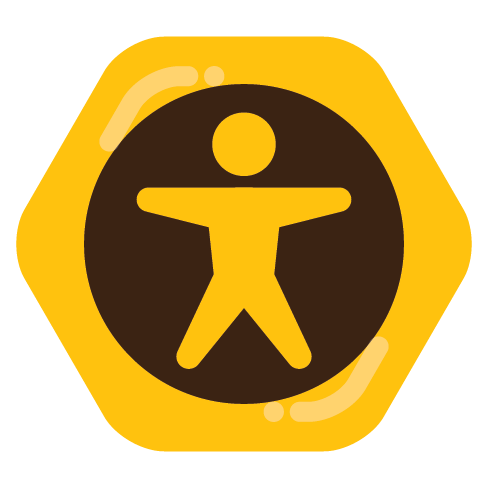For people with rare diseases—estimated to be between 263 and 446 million people worldwide—finding the right doctors and treatments can feel like a Herculean feat, a reality Alexandria knew all too well. “There is no long-term cure,” she wrote. “I’m very very very sick, things are progressing fast. I’m wheelchair or bed bound most of the time. I had 16 seizures yesterday and over 30 stiff person attacks.”
In the United States, rare-disease patients often go into significant medical debt to pursue treatment, even traveling to different states to see specialists with months-long waiting lists. In addition to the monetary burden, those seeking treatment for rare diseases also face a mental, emotional, and spiritual toll.
In the face of these obstacles, rare-disease patients like Durán must relentlessly call insurance companies and medical offices, create and share resources, and form care networks to lift some of the burden—and help keep them alive.

